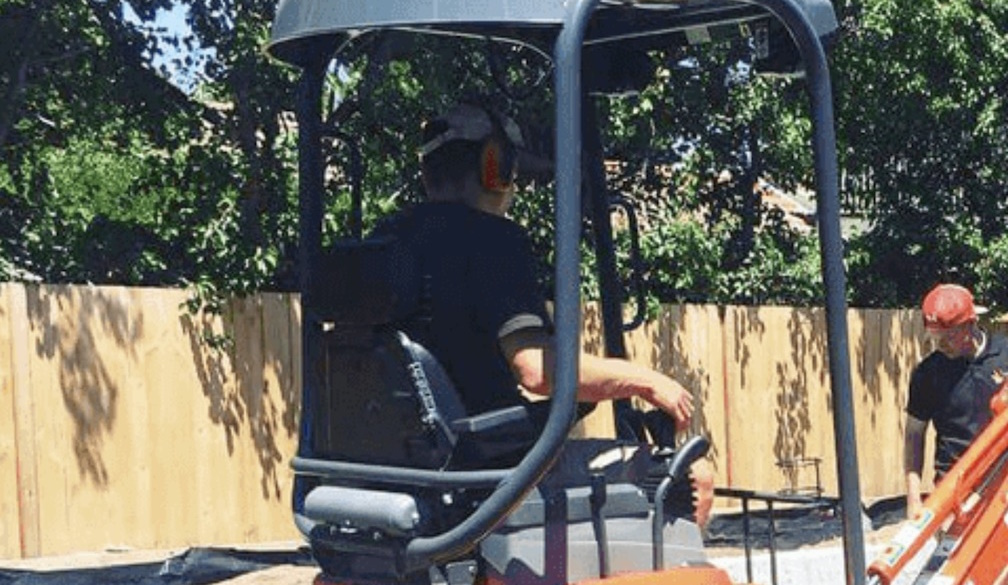Housing Accord targets within reach
- Written by Master Builders Australia

Master Builders Australia has released an update to its forecasts for the building and construction industry out to 2027-28. The forecasts provide a deep dive into the current economic conditions of the industry, providing an activity projection over the next five years.
Master Builders Australia CEO Denita Wawn says the building and construction industry is the canary in the economic coal mine and activity will be very dependent on the macroeconomic environment.
“Australia’s economy is navigating a challenging period. There is no denying millions of Australians and business owners are feeling the mounting pressure of rising costs of living.
“However, it is not all doom and gloom, there are good reasons for believing we are overcoming the worst of the challenges as long as Government policies do not hamstring these efforts.
“Despite an economically volatile 2022-23, the industry has demonstrated its resilience with total construction activity across Australia expanding by 3.8 per cent to $226.4 billion with most of the heavy lifting done by the non-residential and civil construction sectors.
“Housing has been at the forefront of public debate this year with the current challenges deeply rooted in the market.
“From social and community housing, rental properties to owner-occupiers, the common constraint is supply.
“Master Builders forecasts new home building activity is currently declining, it is estimated work began on just 173,755 new homes during 2022-23, a 16.5 per cent decline on the previous year.
“2023-24 will see home starts decline by another 2.1 per cent to around 170,100, well below the 200,000 needed per year to meet population growth.
“However, this will likely be a bottoming out point as supply bottlenecks loosen and we return to a more desirable investment market on the demand side.
“We forecast new home starts will peak to just over 241,000 in 2026-27.
“In good news, the projected volume of new starts over the five-year period up to 2027-28 exceeds the one million home target under the Housing Accord but only just.
“There is still a lot of work that needs to be done to achieve the revised target of 1.2 million homes as announced by National Cabinet last month.
“The cost of building homes has been exacerbated over recent years with unnecessary delays and barriers encountered on their journey to completion. This includes planning impediments, lengthy approval processes and high developer charges on new land developments.
“We acknowledge the efforts of the Prime Minister, Treasurer and Housing Minister to prioritise and co-ordinate efforts across the Federation to tackle the housing crisis but there is a real risk the radical industrial relations agenda being pursued by Minister Burke will negatively impact these efforts.
“It's like watching a lone dancer perform a different routine amidst a synchronised troupe – counterproductive and out of place.
“The productive capacity of the industry is critical to ensuring we can sustain high output levels.
“We need to be attracting more people to the industry and making it easier to do business, not tie a rope around them.
“The economic success of our nation hinges on a strong building and construction industry.
“We know every $1 million worth of residential building activity supports around $3 million in activity across the economy. This multiplier effect is vital to keep our economy away from the risks of falling into a recession,” Ms Wawn said.
On the outlook for the non-residential sectors, Ms Wawn added: “As the industry moves through the worst of the supply chain bottlenecks, 2023-24 is likely to be quite favourable for the non-residential and civil sectors thanks to work on transport and social infrastructure investment.”
“The investment into the non-residential sectors have provided a shield for lulls in residential activity until it picks up towards the end of the next five years.
“Non-residential building activity is likely to hit a peak during 2023-24 when $54.27 billion worth of work is carried out. We then expect a slow decline with activity, falling to $51.01 billion in 2027-28.
“During 2022-23, $103.17 billion worth of work is estimated to have been carried out in the sector.
“We forecast activity to peak at $124.33 billion during 2024-25 with resource and major transport infrastructure projects doing much of the lifting to get us there before activity sinks back quite heavily, falling to $106.42 billion in 2027-28,” Ms Wawn said.






